Understanding Linux Network Internals Christian Benvenuti
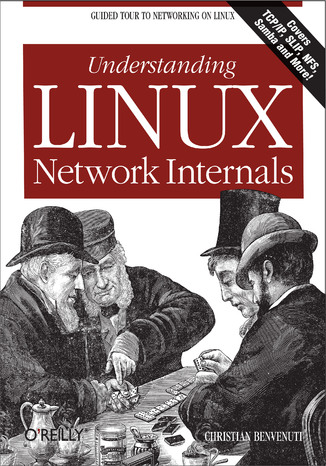



- Autor:
- Christian Benvenuti
- Wydawnictwo:
- O'Reilly Media
- Ocena:
- Stron:
- 1066
- Dostępne formaty:
-
ePubMobi
Opis
książki
:
Understanding Linux Network Internals
If you've ever wondered how Linux carries out the complicated tasks assigned to it by the IP protocols -- or if you just want to learn about modern networking through real-life examples -- Understanding Linux Network Internals is for you.
Like the popular O'Reilly book, Understanding the Linux Kernel, this book clearly explains the underlying concepts and teaches you how to follow the actual C code that implements it. Although some background in the TCP/IP protocols is helpful, you can learn a great deal from this text about the protocols themselves and their uses. And if you already have a base knowledge of C, you can use the book's code walkthroughs to figure out exactly what this sophisticated part of the Linux kernel is doing.
Part of the difficulty in understanding networks -- and implementing them -- is that the tasks are broken up and performed at many different times by different pieces of code. One of the strengths of this book is to integrate the pieces and reveal the relationships between far-flung functions and data structures. Understanding Linux Network Internals is both a big-picture discussion and a no-nonsense guide to the details of Linux networking. Topics include:
- Key problems with networking
- Network interface card (NIC) device drivers
- System initialization
- Layer 2 (link-layer) tasks and implementation
- Layer 3 (IPv4) tasks and implementation
- Neighbor infrastructure and protocols (ARP)
- Bridging
- Routing
- ICMP
Author Christian Benvenuti, an operating system designer specializing in networking, explains much more than how Linux code works. He shows the purposes of major networking features and the trade-offs involved in choosing one solution over another. A large number of flowcharts and other diagrams enhance the book's understandability.
Wybrane bestsellery
O'Reilly Media - inne książki
Dzięki opcji "Druk na żądanie" do sprzedaży wracają tytuły Grupy Helion, które cieszyły sie dużym zainteresowaniem, a których nakład został wyprzedany.
Dla naszych Czytelników wydrukowaliśmy dodatkową pulę egzemplarzy w technice druku cyfrowego.
Co powinieneś wiedzieć o usłudze "Druk na żądanie":
- usługa obejmuje tylko widoczną poniżej listę tytułów, którą na bieżąco aktualizujemy;
- cena książki może być wyższa od początkowej ceny detalicznej, co jest spowodowane kosztami druku cyfrowego (wyższymi niż koszty tradycyjnego druku offsetowego). Obowiązująca cena jest zawsze podawana na stronie WWW książki;
- zawartość książki wraz z dodatkami (płyta CD, DVD) odpowiada jej pierwotnemu wydaniu i jest w pełni komplementarna;
- usługa nie obejmuje książek w kolorze.
Masz pytanie o konkretny tytuł? Napisz do nas: sklep@helion.pl
Książka drukowana

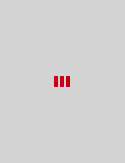

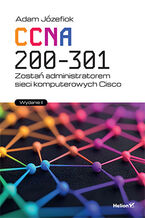
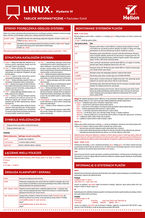
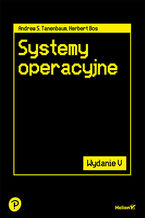

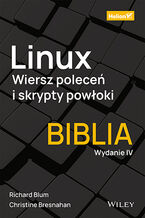
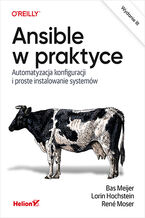


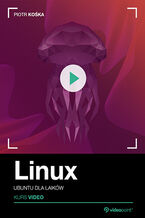

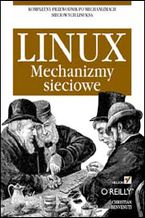








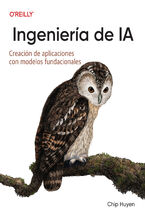
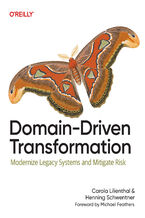

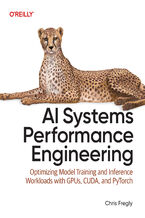
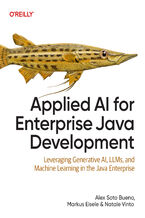
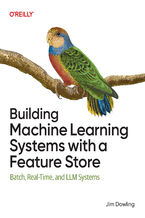
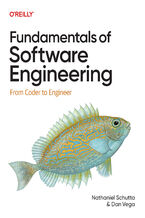




Oceny i opinie klientów: Understanding Linux Network Internals Christian Benvenuti
(0)